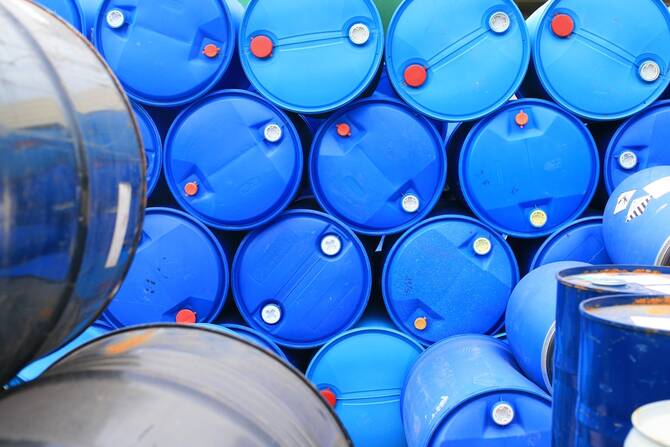“While the oil market has undoubtedly made progress since “Black April,” the large — and in some countries accelerating — number of COVID-19 cases is a disturbing reminder that the pandemic is not under control and the risk to our market outlook is almost certainly to the downside,” the IEA said in its report.
World oil demand is projected to decline by 7.9 million bpd in 2020 and to recover by 5.3 million bpd in 2021.
Futures markets are betting that the oil market will move from substantial surplus in the first half of the year to a deficit in the second half.
But for refiners, any benefit from improving demand is likely to be offset by expectations of much tighter feedstock markets ahead, the IEA said.
Global oil supplies fell sharply in June as the group known as OPEC+, which includes the Organization of the Petroleum Exporting Countries (OPEC) and other countries including Russia, agreed to slash production.
The compliance rate, that is the degree to which countries meet their production cut commitments, was 108 percent. This included over-performance by Saudi Arabia which cut production by 1 million bpd more than required, reducing OPEC crude output to its lowest point in nearly three decades.
In the US, oil production has tumbled as shale producer struggle to pump profitably as prices weaken.
Total US oil production fell by nearly 1 million bpd in April compared with March. The IEA expects that May and June will see further month-on-month falls of 1.3 million bpd and 0.5 million bpd, respectively.
Japan’s crude imports also dropped during the month of May, falling to a 53- year low.






















